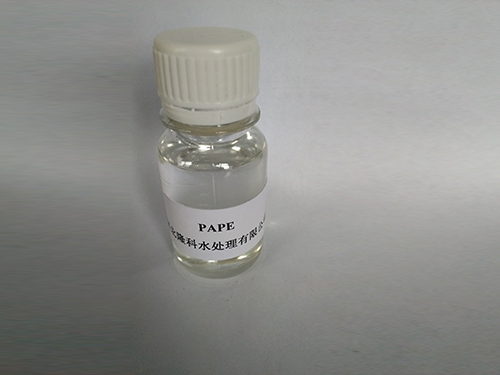Exploring the Applications and Benefits of Poly Aluminum Chloride in Water Treatment
Understanding Poly Aluminum Chloride (PAC) An Essential Coagulant
Poly Aluminum Chloride (PAC) is a versatile chemical compound that has gained significant prominence in various industries, primarily due to its role as an effective coagulant in water treatment processes. This article explores the properties, applications, and benefits of PAC, along with its environmental considerations.
What is Poly Aluminum Chloride?
PAC is a type of inorganic polymer that is formed by the hydrolysis of aluminum chloride in water. It is typically produced in several forms, including solid granules or as a liquid solution. The chemical is characterized by its high charge density, which makes it particularly effective in the coagulation and flocculation processes. This property allows PAC to bind with contaminants in water, leading to the formation of larger particles (flocs) that can be easily removed through sedimentation or filtration.
Properties of Poly Aluminum Chloride
- High Solubility PAC is highly soluble in water, which facilitates its application in various water treatment systems. - Low Toxicity Compared to traditional coagulants like aluminum sulfate, PAC exhibits lower toxicity levels, making it safer for use in drinking water applications. - Adjustable pH The use of PAC can be manipulated to optimize the pH level in water treatment processes, allowing better removal of suspended solids and pathogens. - Effective Across Various Conditions PAC can function effectively over a wide range of pH levels and temperatures, which enhances its versatility in different water treatment scenarios.
Applications of PAC
1. Drinking Water Treatment PAC is widely used in the production of potable water. Its ability to effectively remove contaminants, including bacteria and other suspended solids, makes it a preferred choice for municipal water treatment plants.
2. Industrial Wastewater Treatment Various industries, such as paper manufacturing, textile dyeing, and food processing, utilize PAC to treat wastewater. Its efficient coagulation properties help in reducing the overall environmental impact of industrial discharge.
poly aluminum chloride pac

3. Sewage Treatment In sewage treatment facilities, PAC aids in the removal of organic matter and pathogens, improving the overall quality of the effluent before it is released back into the environment.
4. Paper Production The papermaking process often requires the removal of fine particles and colorants. PAC serves as an effective coagulant in this industry, aiding in the manufacturing of higher-quality paper products.
5. Oil and Gas Industry PAC is also utilized in oil drilling operations, where it helps to settle hydrocarbons and suspend particles, thereby enhancing the efficiency of drilling fluids.
Benefits of Using PAC
- Cost-Effective The efficiency of PAC in coagulating large volumes of water leads to reduced chemical dosing and operational costs. - Improved Water Quality The use of PAC enhances the overall quality of treated water, making it suitable for further use or safe for consumption. - Reduced Sludge Volume PAC generates less sludge compared to traditional coagulants, which simplifies waste management and disposal processes. - Environmental Safety PAC is considered environmentally friendly, as it poses minimal risks to aquatic life when used correctly.
Environmental Considerations
Like any chemical treatment method, the use of PAC must be carefully managed to avoid any adverse environmental impacts. It is crucial for facilities using PAC to adhere to established regulations and guidelines to ensure that residual aluminum levels in treated water remain within safe limits. Continuous monitoring and proper handling techniques are essential to optimize the benefits of PAC while minimizing any potential risks.
Conclusion
Poly Aluminum Chloride is a critical player in modern water treatment, offering effective solutions for both municipal and industrial applications. Its properties, alongside its environmental benefits, have made it a preferred choice for maintaining water quality. As industries increasingly focus on sustainable practices, PAC’s role is likely to expand, paving the way for innovations in water treatment technologies and applications.
-
Pbtc Scale InhibitorPBTC: A Scale Protector for Industrial Water TreatmentNewsAug.05,2025
-
Organic Phosphonate: An Efficient Defender in the Field of Scale InhibitionNewsAug.05,2025
-
Hydrolyzed Polymaleic Anhydride: Green Pioneer in Scale Inhibition FieldNewsAug.05,2025
-
PAPEMP Polyamino Polyether Methylene Phosphonic Acid For SaleNewsAug.05,2025
-
Flocculant Water Treatment: A Pioneer in Purification in the Field of Water TreatmentNewsAug.05,2025
-
Benzyl Isothiazolinone: An Efficient and Broad-Spectrum Antibacterial Protective GuardNewsAug.05,2025





